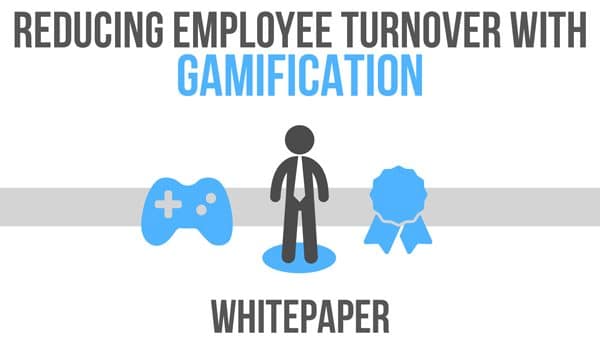Public and private school teachers have experienced trepidation over the adoption of eLearning development programs for students. IT personnel also suffer these pangs, though they freely integrate other forms of technology like bring-your-own-device (BYOD) and mobile devices, despite dubious reviews. Taking a chance on a tried and true technology like eLearning shouldn’t be such a leap of faith, and fortunately, more organizations are starting to catch on to that fact.
In the last few years alone, the ability to connect quickly and effortlessly online has expanded at a rate unforeseen in the information age. People can video conference, text chat and connect via a plethora of online networking tools, granting them in-depth access to cultures and resources never before possible. Integrating custom training software or outright relying on the technology as an education tool makes sense in a world where most of us are already online anyway.
New online alternatives
It’s no secret that eLearning development and mobile app developments allow workers to access programs anytime and from anywhere they want, so long as they can establish an internet connection. This creates a limitless sphere of learning, wherein the user is never far away from training modules and resource materials. Unlike a traditional classroom where the student is reliant entirely on when the teacher is in the classroom and working, participants can complete tasks when ever works best for them.
That’s one of the key features making it so attractive as an enterprise-level tool. These modules and courses are being used to hybridize and assist with traditional training models, but they are also gaining importance in the corporate hierarchy. Virtual College reported that the International Executive Development Programs (IEDP) has found eLearning development to be satisfactory and even exemplary when it comes to teaching top-level executives how to better perform job tasks.
The source reported that online learning environments help build personnel more quickly and effectively than other teaching methods. A report from the IEDP said that a number of “recent failures” at the executive level was showing how poor previous traditional methods were serving the industry, saying that it was inappropriate for IT workers to hesitate in the future in terms of implementing custom training software.
Online movement expanding
This shift to Internet-based tools is not a new one, CMS Wire reported. Businesses are already using online tools for every critical organizational function it seems – marketing, advertising, networking, collaboration, human resources management and more can all be accomplished remotely from a PC or tablet computer, according to the source. This means that in order for companies to keep up, they must also adapt to this mobile landscape to stay competitive.
As many aspects of an employee’s job can be tied in to current events, this format lends itself easily to regular updates and an enhanced outlook on the Internet community for workers, wherein they can easily check pertinent news sources on a regular basis. Providence Business News wrote that this is particularly useful for compliance, finance and audit teams, as a variety of laws can impact their job duties. These services are also more likely to be outsourced or remote, but offices must still provide uniform accuracy and quality of products.
“They face serious challenges in getting training to their people when they’re scattered around the globe,” said Roger Quillen of Fisher & Phillips, a major employment firm that helps companies find the right match for a job opening.
Companies with a number of offices or simply an interest in getting the best performance possible out of their employees should contact CSE Software Inc. today. They can discuss training needs and requirements, common systems and tools used in the workplace, and the best way to implement a quality training solution.
Contact Stacey Burris at sburris@csesoftware.com or 1.309.670.7595 and ask for an eLearning demo today!



